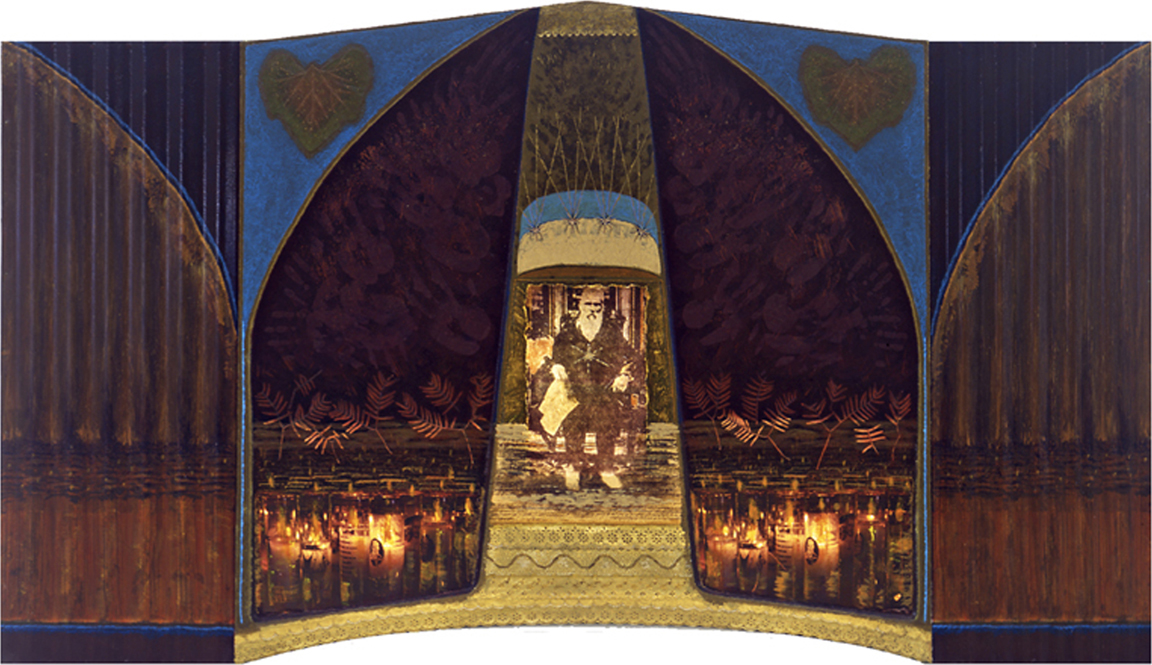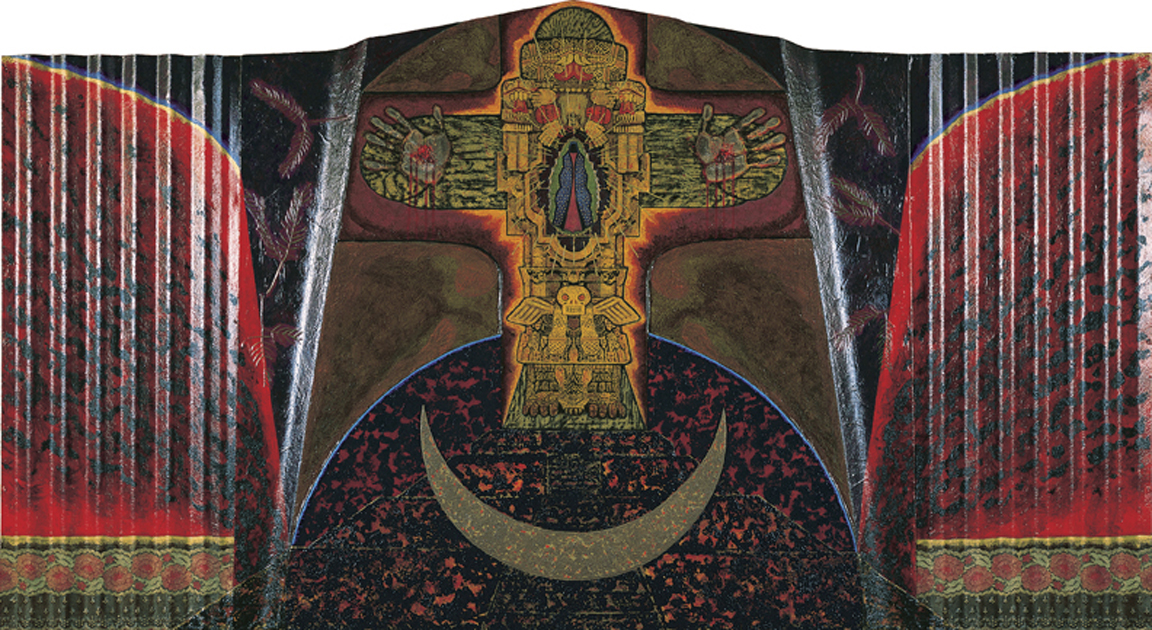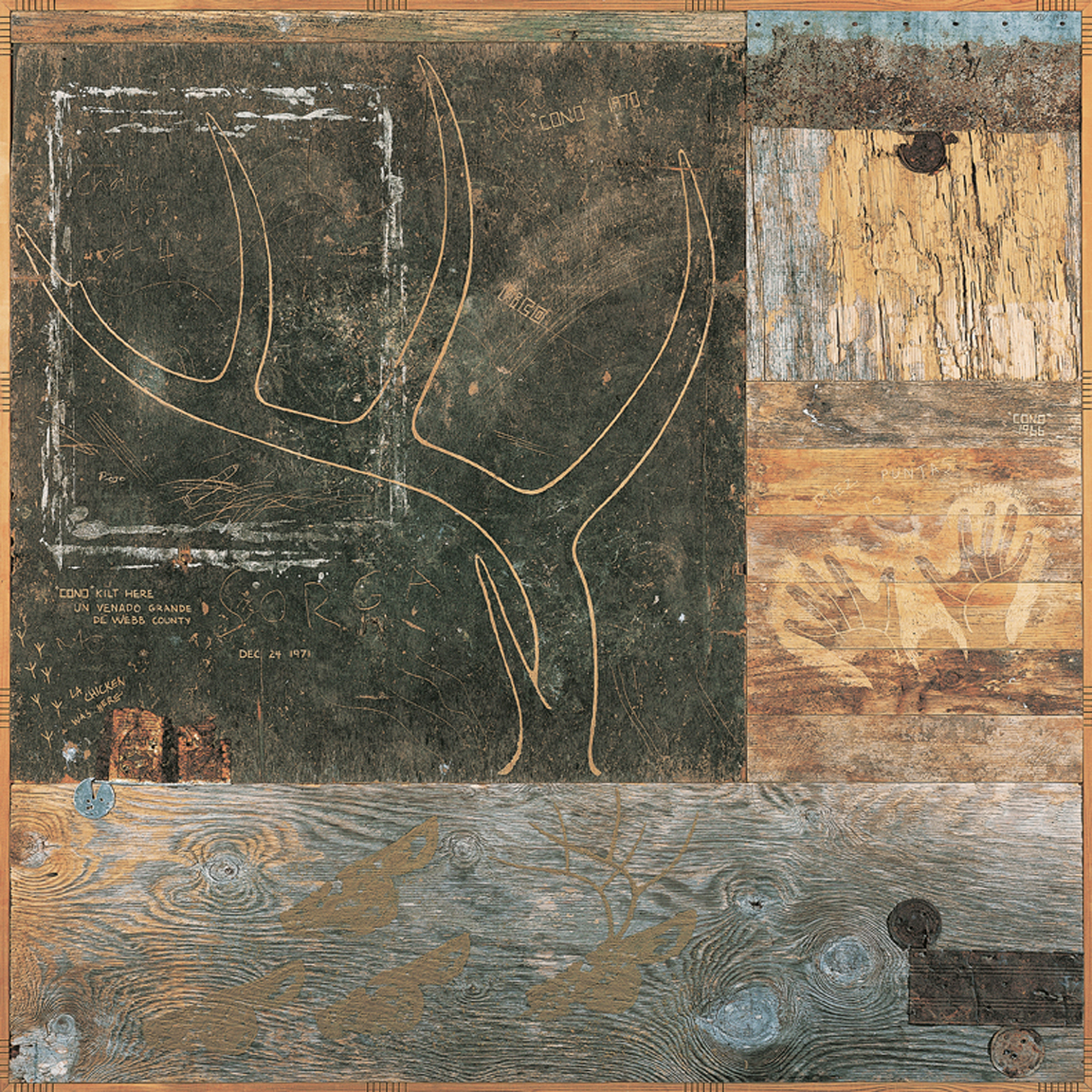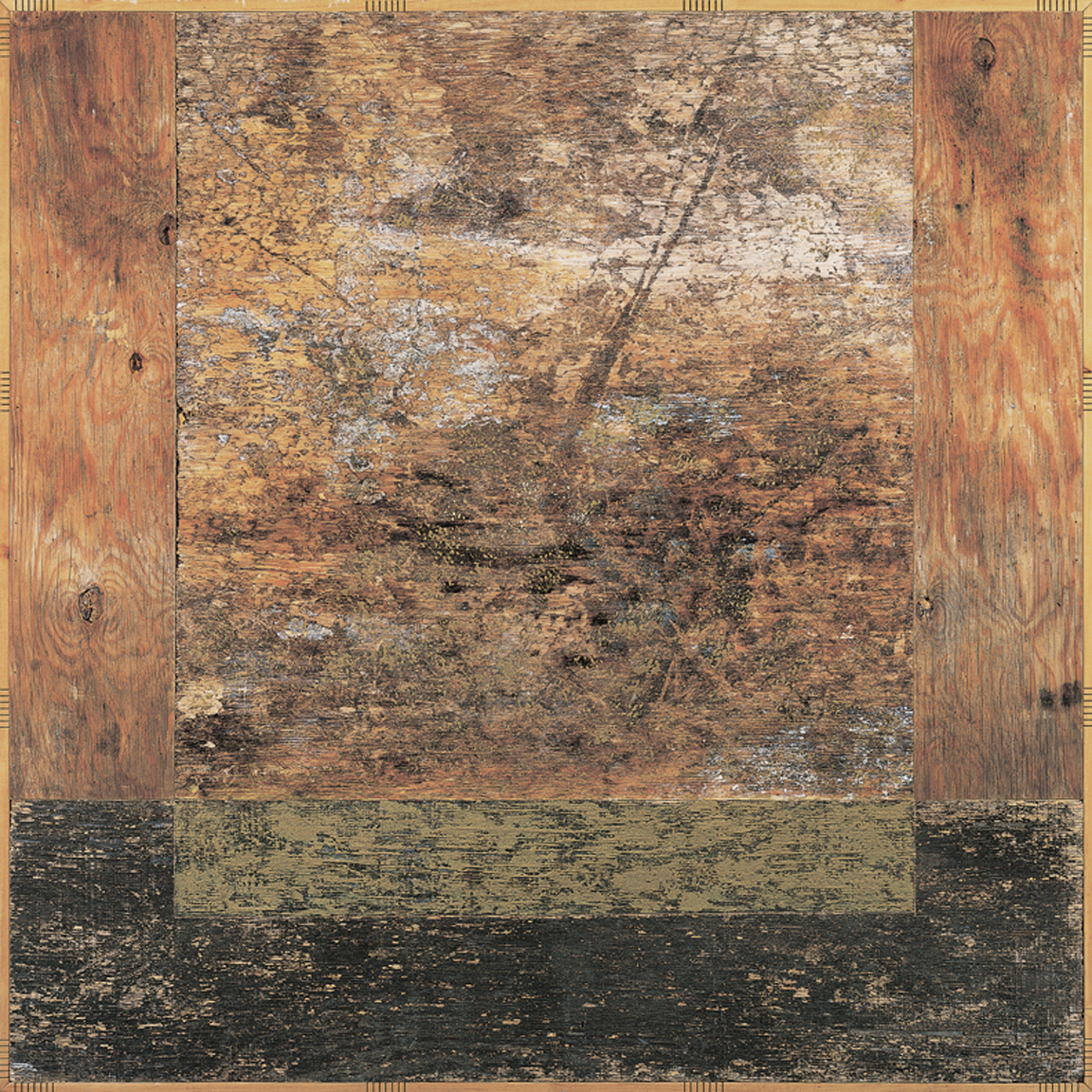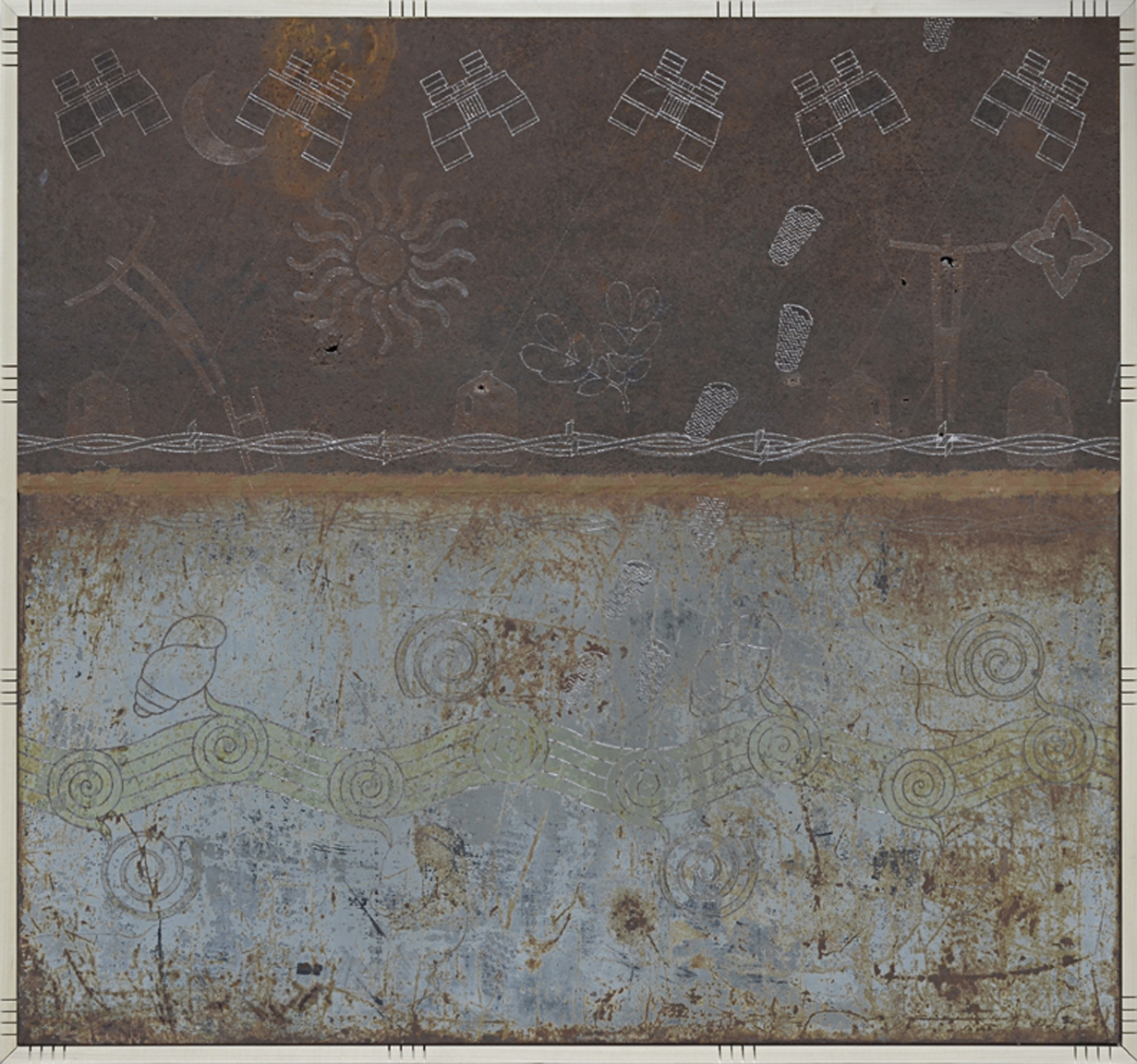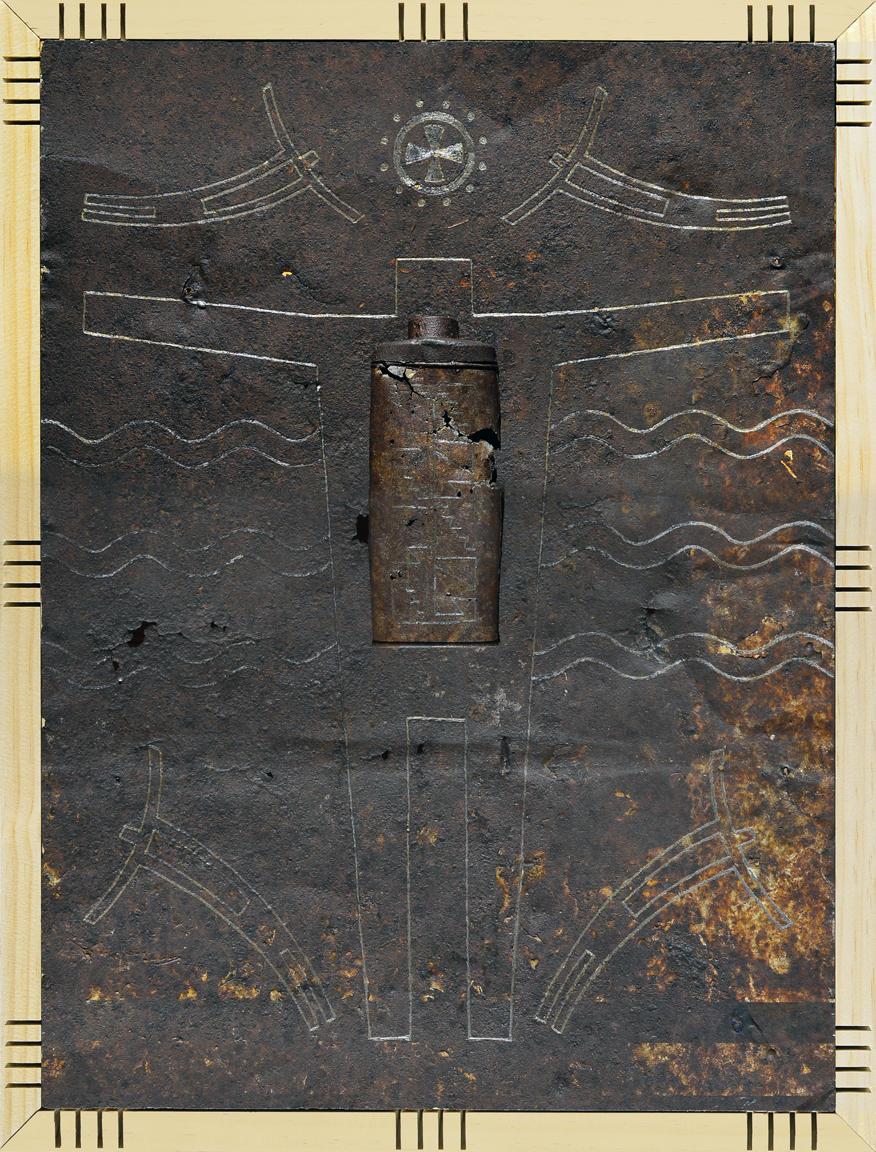Rasquachismo
am I alone in this?….
Rasquachismo entered the realm of Chicano Art via a wonderful piece of writing by my friend of many years, Tomás Ybarra-Frausto. It is about the can-do, work-with-what-you-have spirit of the under classes to express themselves artistically. It involves the use of discarded items, kitschy, inane objects, found materials and the like to create artistic manifestations and even great art. Great artists throughout the ages have also worked with similar notions at one level or another. Notably, Picasso did many such things; memorably, that ape sculpture with the toy car very aptly forming the monkey’s head comes to mind
Read More
In expressing what I feel about Rasquachismo, I can only give examples from my own experience with the term “rasquache”, growing up in Laredo, Texas. In usage, the term “rasquache” was dismissively derisive. To say an object was “rasquache” was to say it was mediocre and it also applied to human attitudes. I remember hearing women refer to certain men as “pelados rasquaches” because of their uncouth attitude towards women. The term “pelado” is a slur reserved for low-class men and by that I do not mean lower-class men.
I remember male friends commenting about a particular acquaintance, a young man who fancied himself a lady’s man, as having treated a young lady shabbily….”se portó muy rasquache con ella” they said. As for objects, some were referred to derisively as “mugres rasquaches”, which roughly translates to crappy things. Vulgarly, a variation of that was “pinche mierda rasquache”…. crappy shit, to put it redundantly, and this can also describe a certain type of person. In usage, there was hardly anything like an aesthetic to it; the “rasquache” designation was simply contemptuous and derisive, something you dismiss.
This is all now academic; Rasquachismo has taken on a life of its own, having become formalized and transmogrified by elevation to an aesthetic status and seems to have even created a Chicano Art genre. It does seem oxymoronic, though, to praise art as being “rasquache”; the term itself, according to its given meaning, is problematic, charmless and inapt. Be clear about this, Rasquachismo, for the artist, is as legitimate as any reason for creative endeavors though, by default, a successful work of art created with rasquache in mind becomes un-rasquache; good art is transcendent.
I have a problem with Rasquachismo because it has led to the indiscriminate application of the term “rasquache” as being characteristic of Chicano Art without even a thought about particular artists’ intent or their attitude towards the materials they choose to work with. All of a sudden wonderful old weathered plywood I have used in my work has become something described as “rasquache”. Had I used a new sheet of plywood, would that have made it not “rasquache”? New or old, Plywood is plywood, both are fine and, by my judgment, the character that is brought out by the natural aging and weathering of old plywood and lumber results in very handsome pieces of wood. I choose my materials very carefully for qualities, not rasquache crappiness. A piece of mine in the collection of San Antonio’s McNay Art Museum incorporates old plywood ravaged by termites and what a great old piece of plywood it is that perfectly expresses my intent. I’ve also used old rusted metal, corrugated metal, and even old car hoods; nothing inane or mediocre there either, nothing I would call rasquache.
I have never created anything under the auspices of Rasquachismo because it is just not my sensibility. From the start, I felt that Rasquachismo would create a negative stereotype about us and that, precisely, is what has happened. Google Rasquachismo or “rasquache” and you’ll see how synonymous and joined at the hip the term has become with Chicano art in general. Not all Chicano Art chooses to be “rasquache”. A particular artist’s work is not rasquache simply because of the materials used; art transforms, elevates and transcends. Those who use the term “rasquache” need to be more discerning about whom or what they apply it to. Fair enough, as criticism, to call some art as being rasquache if it is truly bad. But I’m wishing the term “rasquache” wasn’t part of the scholarly and intellectual discourse regarding Chicano Art. Rather than elevating, it lowers and demeans our culture.
Chicanos gave us “rasquache”…. does that sound bad enough?
Canonization in South Texas by an Imaginary Pope
45” x 85” mixed media on corrugated metal and car hood 1990
private collection, Amarillo, Texas
Cono’s Christmas Buck: South Texas Lascaux
64” x 64” found plywood and metal with incised images 1993
collection of the McNay, San Antonio, Texas

